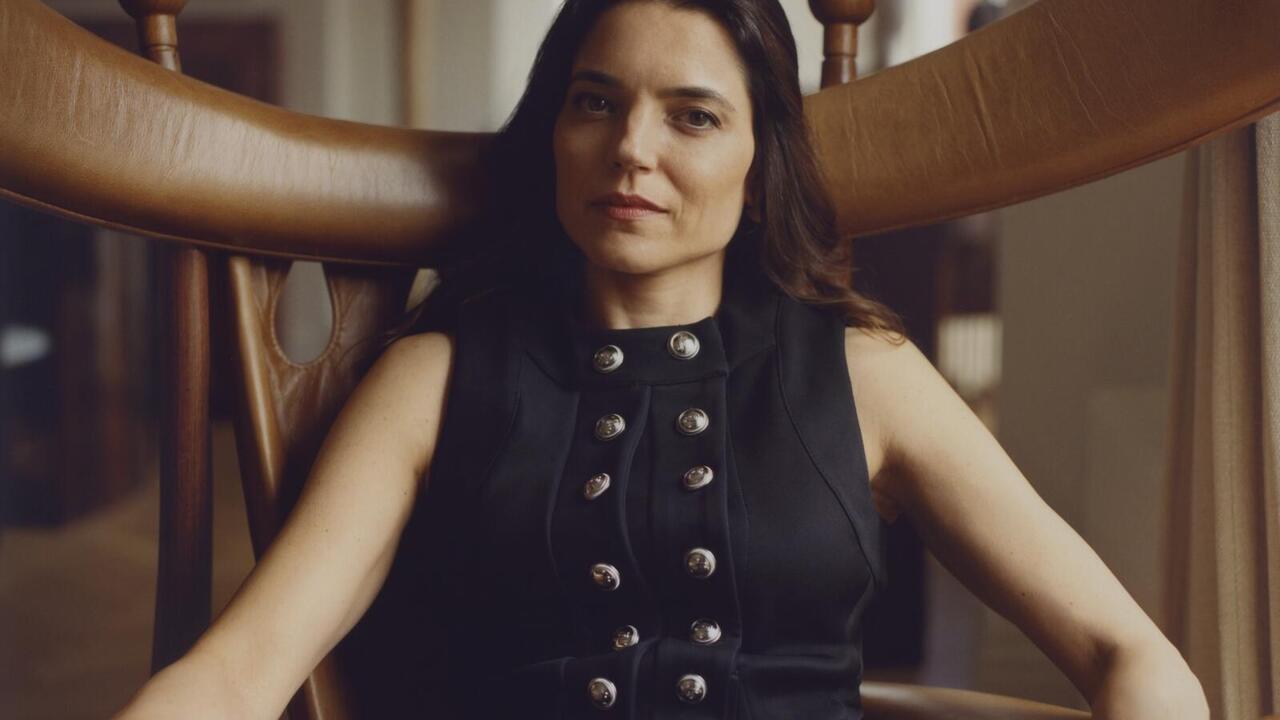Barry McGee
The paintings, drawings, videos and objects in Barry McGee’s epic and aptly titled show ‘One More Thing’ are characterized by a concerted effort to bring the urban realities of the street – decay, boredom, failure, crisis and death – into the conventionally sanitizing space of the gallery. This process has a double function: to shed light on the economic and ethnic particularities of various states of life and to critique the authority of the gallery, an environment into which McGee’s awkward and often challenging observations are now frequently introduced. The show is at once both resoundingly successful – as an architectural whole made up of fragmented parts and unresolved counterpoints – and intriguingly problematic.
Much hype has been generated about McGee cutting his graffiti tagger teeth under the alias of ‘Twist’ on the mean streets of San Francisco in the 1980s. His move into the commercial gallery circuit is touted as a landmark coup for Outsider, Folk or Guerrilla art practices, but on a practical level he has emerged from the cultural rubble of West Coast punk and junk relatively de-fanged. At Deitch, McGee covered the walls with a sprawling geometric block pattern of paintings on Masonite board and installed a giant smoking pile-up of cars, vans and two adapted container trucks. One of the latter provided the show’s entrance, while the other formed a mock-up public lavatory with an animatronic hoodlum spray-painting a mirror. Robotic delinquents – some more successfully executed than others – popped up throughout the cavernous space, the weakest examples providing only rather simplistic visual devices that undermined the architectural and symbolic complexities of the installation as a whole. Impressive, however, was the wreckage of the central car crash, the bottom of which was fitted out with a cave-like suite of TVs featuring animated drawings, video footage and eye-popping psychedelic elaborations on the wall patterns outside. Combined with the barrage of sound, the patterning here succeeded in conveying a drunken joyride or the disorientation of a ropy back-street club caught in a druggy haze: suitably grim and unsettling allusions for McGee’s project. In contrast, the colourful, cubic images on the walls themselves appeared merely decorative, at odds with McGee’s rubric of appropriating the organic and troubling emblems of the street. This inconsistency undercuts his purported institutional critique by giving credence to a gallery convention: installation practice as user-friendly mise-en-scène.
On a raised platform, level with the mound of automobiles, was a conical array of junk TV sets, a cacophony of noise and flickering imagery that formally echoed the wreckage opposite. Combining sensory assault with similarly provocative content, one console showed San Francisco gang members aggressively parading tattoos of allegiance, demonstrating sophisticated hand gestures and curiously erotic social bonds: a cracked-out, macho vogue ball vernacular that is irresistibly watchable. The same screen chronicled street kids being overwhelmed and thrashed silly by roving marauders, everything recorded with an air of documentarian distance that walks the line between the ethnographic and the exploitative in a way that is ethically dubious. Conveniently this grey zone was nevertheless a model for the show at large, if not for McGee’s project. To object to the footage or to his recurring mascot-like emblem of the soggy-faced, bleary ‘hobo’ head would seem oddly puritanical and would overlook the artist’s unique engagement with, and appropriation of, what are familiar – if unfortunate – features of the urban landscape. Images of the drunk, the homeless or the destitute here seemingly require the viewer to suspend engagement with the images on an iconographic level, and so to refuse the representational ethics of these images. Proximity to defaced images of Dick Cheney, aestheticized Hitler motifs and other bold-faced ‘political’ imagery confuses the ethical status of a relation between representation inside and outside the gallery.
Despite being a hugely enjoyable and seemingly risky endeavour on Deitch’s part, McGee’s project of forcing the outside indoors risks being undermined by the clashing ethical orders of representation on which he relies. The show was refreshing, grandiose and gratifying on a physical level, yet the after-effect was a needling suspicion that, if his work is scandalous, it is only archly so. McGee admits that ‘if you could pull off huge stunts in two hours in the middle of the night, having licence to go into a gallery for a few weeks is somewhat bland’. What are initially registered as ‘guerrilla tactics’ are only arguably challenging to the political principles of the gallery system. The gesture comes across as antagonistic and enjoyably obnoxious, if not quite anarchic.















